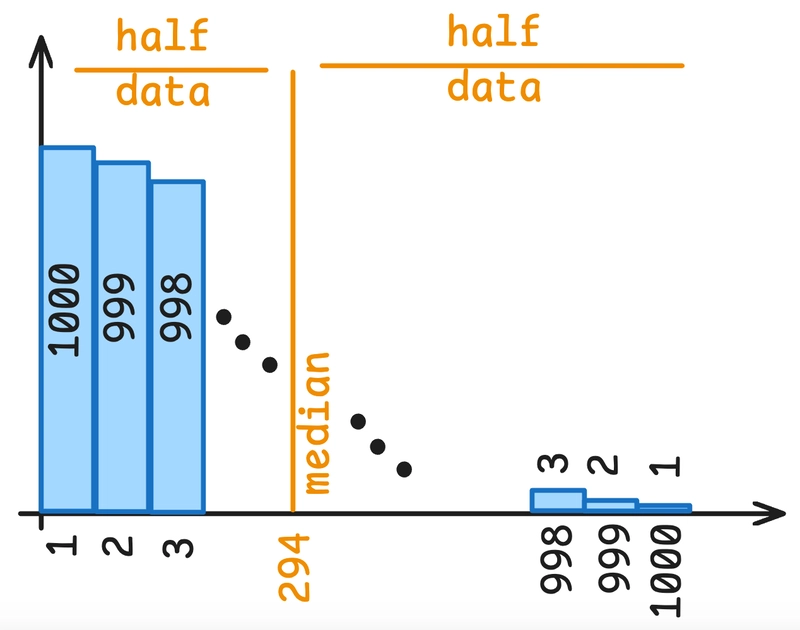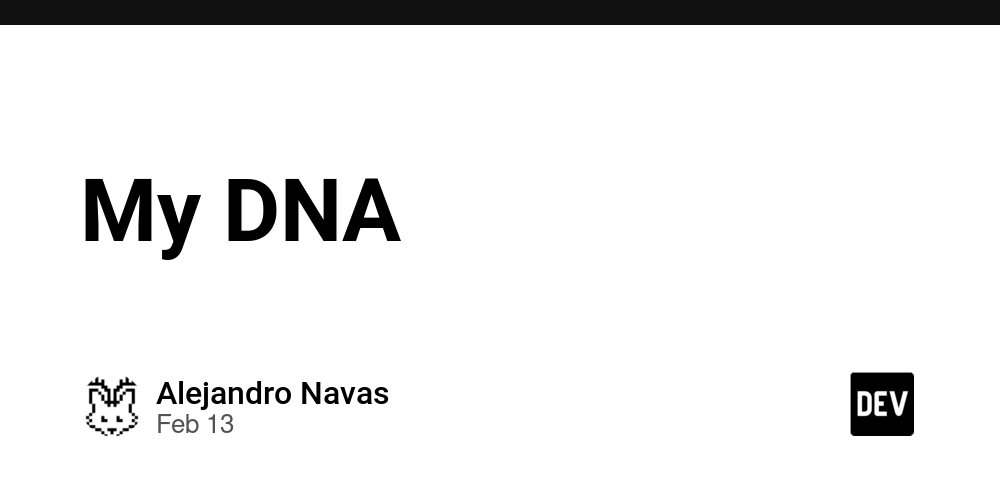The Triad of Platform Engineering: Mastering Product Domains, Engineering Principles, and Product Management
Platform engineering is the backbone of modern software organizations, enabling scalability, efficiency, and innovation. This article explores its high-level mental model through three core pillars: product domains, engineering principles, and product management. Learn how these components interconnect to build robust platforms that drive business success. What is Platform Engineering? Platform engineering focuses on designing, building, and maintaining foundational tools, services, and infrastructure that empower product teams to deliver customer-facing solutions efficiently. Unlike traditional DevOps or SRE (Site Reliability Engineering), platform engineering treats the platform itself as a product, serving internal developers as its primary users. It abstracts complexity, standardizes workflows, and accelerates development by providing reusable components like APIs, CI/CD pipelines, and cloud-native infrastructure. The ultimate goal is to reduce cognitive load on developers, enabling them to focus on business logic rather than undifferentiated heavy lifting. 1. Product Domains: The Building Blocks of Value What Are Product Domains? Product domains are distinct functional areas or services within an organization, each addressing specific business needs. Examples include user authentication, payment processing, inventory management, or recommendation engines. These domains represent the "what" of the platform—the problems it aims to solve for end users and internal teams. Why They Matter in Platform Engineering Modularity: Domains enable teams to work independently, reducing bottlenecks. Reusability: A well-designed platform provides cross-domain solutions (e.g., a shared logging service). Alignment: Domains map to business capabilities, ensuring the platform drives tangible outcomes. Challenges Boundary Sprawl: Poorly defined domains lead to duplication or gaps. Evolving Needs: Domains must adapt as business priorities shift. Example: A retail platform might support domains like checkout, search, and fraud detection. The platform team ensures each domain has access to scalable databases, authentication, and analytics tools. 2. Underlying Engineering Principles: The Technical Bedrock Core Principles Automation: CI/CD pipelines, infrastructure-as-code (IaC), and automated testing reduce manual errors. Scalability: Cloud-native architectures (Kubernetes, serverless) and horizontal scaling ensure elasticity. Reliability: Observability (logging, metrics, tracing) and fault-tolerant design minimize downtime. Security: Zero-trust networks, secret management, and compliance-as-code protect data. Developer Experience (DX): Intuitive APIs, documentation, and self-service tooling boost productivity. Implementation Strategies Infrastructure as Code (IaC): Tools like Terraform codify infrastructure for consistency. GitOps: Version-controlled deployments enhance traceability. Chaos Engineering: Proactively test system resilience. Why They Matter These principles ensure the platform is robust, future-proof, and aligns with industry best practices. Without them, platforms risk technical debt, security breaches, or inefficiency. 3. Product Management: The Strategic Compass Platform as a Product (PaaP) Product management in platform engineering involves treating the platform like a customer-facing product. Internal developers are the "customers," and their feedback drives prioritization. Key Responsibilities Roadmap Alignment: Balance technical upgrades (e.g., Kubernetes migration) with feature requests (e.g., a new SDK). Stakeholder Collaboration: Work with domain teams to identify pain points (e.g., slow deployment cycles). Metrics-Driven Decisions: Track adoption rates, deployment frequency, and incident metrics to measure success. Challenges Conflicting Priorities: Balancing immediate needs (bug fixes) vs. long-term investments (tech debt reduction). Communication Gaps: Translating developer jargon into business value for leadership. Example: A product manager might prioritize building a feature flagging system after multiple teams request safer deployment strategies. Where Engineering and Product Intersect The synergy between engineering and product management is critical for platform success: Feedback Loops: Engineers rely on product managers to prioritize features based on domain team needs. Trade-Off Negotiation: Product managers mediate between technical constraints (e.g., latency) and business deadlines. Innovation Cycles: Collaborative roadmaps ensure the platform evolves alongside emerging technologies (e.g., AI/ML integration). Value Realization: Metrics like reduced time-to-market or improved system uptime validate the platform’s ROI. Example: When introducing a new caching layer, engineers focus on technical implementation (Redis clusters), while

Platform engineering is the backbone of modern software organizations, enabling scalability, efficiency, and innovation. This article explores its high-level mental model through three core pillars: product domains, engineering principles, and product management. Learn how these components interconnect to build robust platforms that drive business success.
What is Platform Engineering?
Platform engineering focuses on designing, building, and maintaining foundational tools, services, and infrastructure that empower product teams to deliver customer-facing solutions efficiently. Unlike traditional DevOps or SRE (Site Reliability Engineering), platform engineering treats the platform itself as a product, serving internal developers as its primary users. It abstracts complexity, standardizes workflows, and accelerates development by providing reusable components like APIs, CI/CD pipelines, and cloud-native infrastructure. The ultimate goal is to reduce cognitive load on developers, enabling them to focus on business logic rather than undifferentiated heavy lifting.
1. Product Domains: The Building Blocks of Value
What Are Product Domains?
Product domains are distinct functional areas or services within an organization, each addressing specific business needs. Examples include user authentication, payment processing, inventory management, or recommendation engines. These domains represent the "what" of the platform—the problems it aims to solve for end users and internal teams.
Why They Matter in Platform Engineering
- Modularity: Domains enable teams to work independently, reducing bottlenecks.
- Reusability: A well-designed platform provides cross-domain solutions (e.g., a shared logging service).
- Alignment: Domains map to business capabilities, ensuring the platform drives tangible outcomes.
Challenges
- Boundary Sprawl: Poorly defined domains lead to duplication or gaps.
- Evolving Needs: Domains must adapt as business priorities shift.
Example: A retail platform might support domains like checkout, search, and fraud detection. The platform team ensures each domain has access to scalable databases, authentication, and analytics tools.
2. Underlying Engineering Principles: The Technical Bedrock
Core Principles
- Automation: CI/CD pipelines, infrastructure-as-code (IaC), and automated testing reduce manual errors.
- Scalability: Cloud-native architectures (Kubernetes, serverless) and horizontal scaling ensure elasticity.
- Reliability: Observability (logging, metrics, tracing) and fault-tolerant design minimize downtime.
- Security: Zero-trust networks, secret management, and compliance-as-code protect data.
- Developer Experience (DX): Intuitive APIs, documentation, and self-service tooling boost productivity.
Implementation Strategies
- Infrastructure as Code (IaC): Tools like Terraform codify infrastructure for consistency.
- GitOps: Version-controlled deployments enhance traceability.
- Chaos Engineering: Proactively test system resilience.
Why They Matter
These principles ensure the platform is robust, future-proof, and aligns with industry best practices. Without them, platforms risk technical debt, security breaches, or inefficiency.
3. Product Management: The Strategic Compass
Platform as a Product (PaaP)
Product management in platform engineering involves treating the platform like a customer-facing product. Internal developers are the "customers," and their feedback drives prioritization.
Key Responsibilities
- Roadmap Alignment: Balance technical upgrades (e.g., Kubernetes migration) with feature requests (e.g., a new SDK).
- Stakeholder Collaboration: Work with domain teams to identify pain points (e.g., slow deployment cycles).
- Metrics-Driven Decisions: Track adoption rates, deployment frequency, and incident metrics to measure success.
Challenges
- Conflicting Priorities: Balancing immediate needs (bug fixes) vs. long-term investments (tech debt reduction).
- Communication Gaps: Translating developer jargon into business value for leadership.
Example: A product manager might prioritize building a feature flagging system after multiple teams request safer deployment strategies.
Where Engineering and Product Intersect
The synergy between engineering and product management is critical for platform success:
- Feedback Loops: Engineers rely on product managers to prioritize features based on domain team needs.
- Trade-Off Negotiation: Product managers mediate between technical constraints (e.g., latency) and business deadlines.
- Innovation Cycles: Collaborative roadmaps ensure the platform evolves alongside emerging technologies (e.g., AI/ML integration).
- Value Realization: Metrics like reduced time-to-market or improved system uptime validate the platform’s ROI.
Example: When introducing a new caching layer, engineers focus on technical implementation (Redis clusters), while product managers measure its impact on API response times and developer satisfaction.
Key Takeaways
- Platform Engineering is a Product-Centric Discipline: It requires treating infrastructure as a customer-driven product.
- Domains Define Scope: Clear boundaries between product domains prevent duplication and ensure relevance.
- Principles Ensure Quality: Automation, scalability, and security are non-negotiable for sustainable platforms.
- Product Management Bridges Gaps: Aligning technical execution with business goals is key to adoption.
- Intersection Drives Success: Collaboration between engineers and product managers turns vision into reality.
Final Thought:
Platform engineering thrives when product domains, engineering rigor, and strategic product management converge. By mastering this triad, organizations unlock faster innovation, happier developers, and resilient systems ready for the challenges of tomorrow.










































































































































































![[The AI Show Episode 142]: ChatGPT’s New Image Generator, Studio Ghibli Craze and Backlash, Gemini 2.5, OpenAI Academy, 4o Updates, Vibe Marketing & xAI Acquires X](https://www.marketingaiinstitute.com/hubfs/ep%20142%20cover.png)



























































































































![[DEALS] The Premium Learn to Code Certification Bundle (97% off) & Other Deals Up To 98% Off – Offers End Soon!](https://www.javacodegeeks.com/wp-content/uploads/2012/12/jcg-logo.jpg)


![From drop-out to software architect with Jason Lengstorf [Podcast #167]](https://cdn.hashnode.com/res/hashnode/image/upload/v1743796461357/f3d19cd7-e6f5-4d7c-8bfc-eb974bc8da68.png?#)






































































































.png?#)





.jpg?#)































_Christophe_Coat_Alamy.jpg?#)
 (1).webp?#)






































































































![Rapidus in Talks With Apple as It Accelerates Toward 2nm Chip Production [Report]](https://www.iclarified.com/images/news/96937/96937/96937-640.jpg)







































































































































